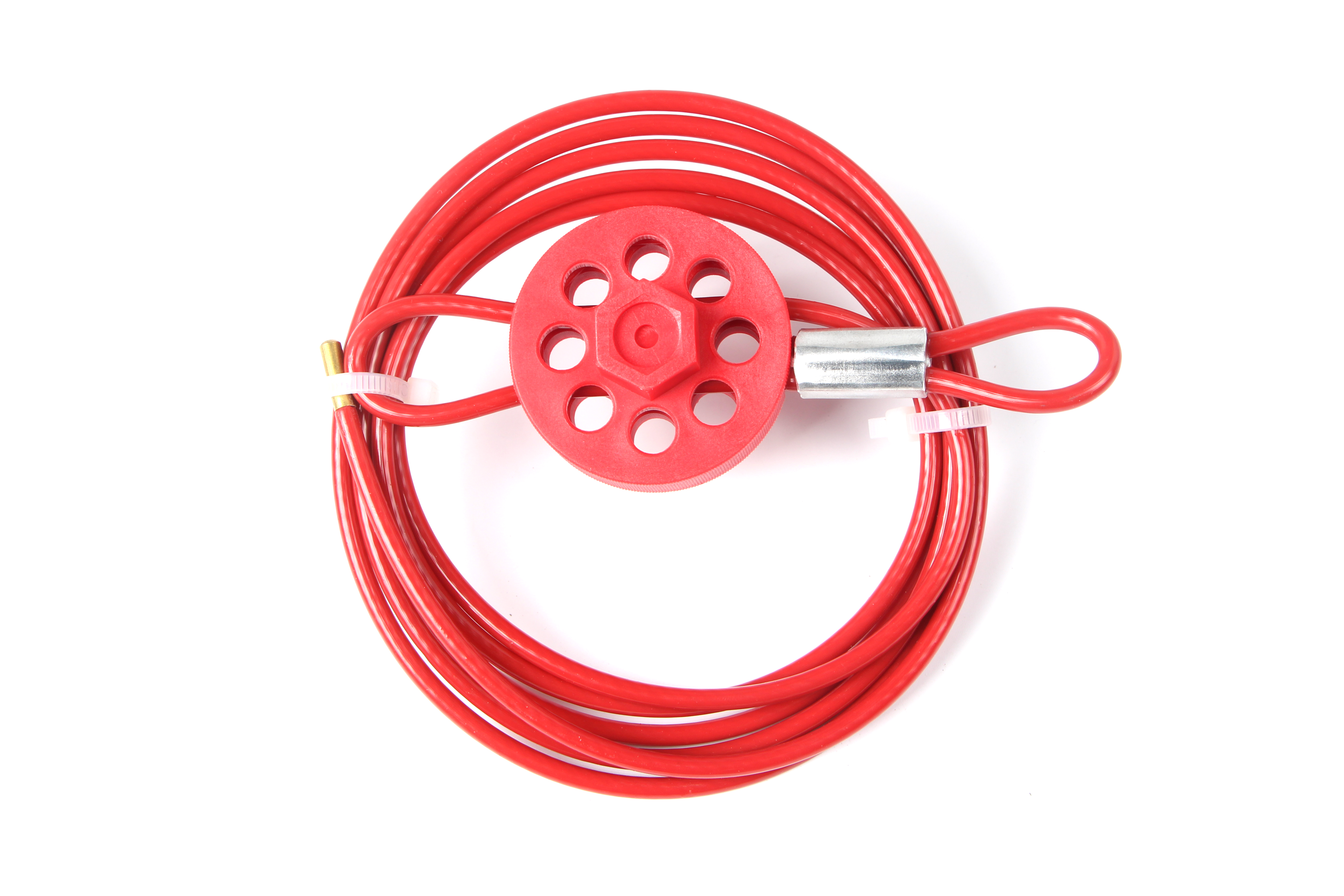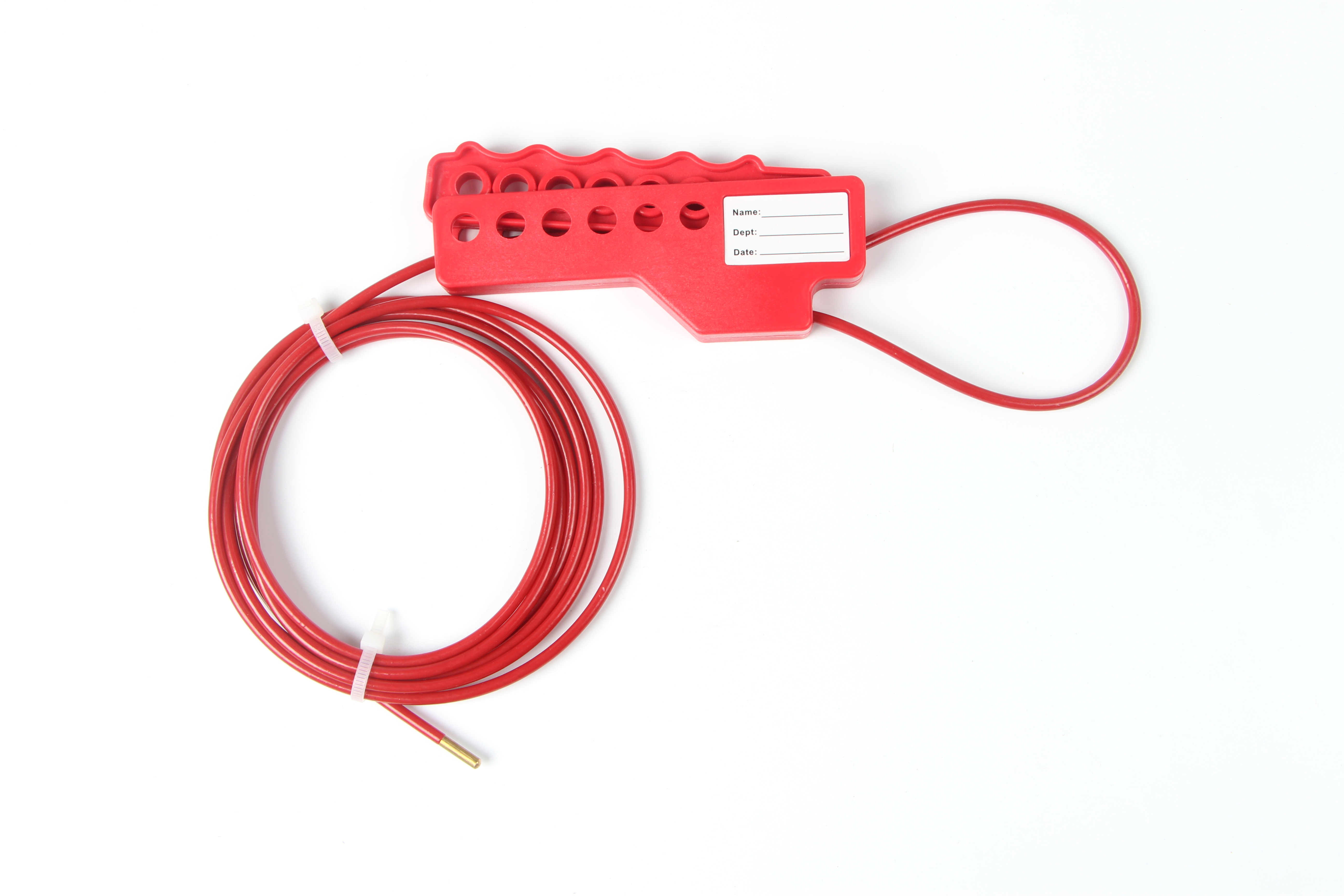Balance valve is under hydraulic conditions, play a dynamic, static balance adjustment valve. Such as: static balance valve, dynamic balance valve. Static balance valve, also known as balancing valve, manual balancing valve, digital lock balancing valve, two-position control valve, which is by changing the valve core and seat clearance (opening), to change the flow resistance through the valve to achieve regulation The purpose of traffic, the role of the object is the system resistance, the new amount of water can be balanced according to the proportion of design and distribution, each branch at the same time proportional increase or decrease, still meet the needs of the current part of the load demand climate needs, play The role of heat balance. Dynamic balance valve is divided into dynamic flow balance valve, dynamic pressure balance valve, self-pressure control valve and so on their own. Dynamic flow balance valve, also known as: self-flow control valve, self-balancing valve, constant flow valve, automatic balancing valve, which is based on system conditions (pressure) changes automatically change the drag coefficient, Within the range, you can effectively control the flow through to maintain a constant value, that is, when the pressure difference between the front and back of the valve increases, the valve automatically closes the flow of small movements can not increase, on the contrary, when the pressure drop decreases, the valve Automatically open large, the flow remains unchanged, but when the pressure is less than or greater than the normal working range of the valve, it can not provide an additional pressure head, the valve hit the fully open or fully closed position than the flow rate is still set Low or high flow rate can not be controlled. Dynamic pressure balance valve, also known as self-pressure control valve, differential pressure controller, regulator variable synchronizer, differential pressure balance valve, which is used to adjust the pressure valve opening, the use of spool pressure Reduce the change to make up for the change of the pipeline resistance so as to keep the pressure difference basically unchanged when the working conditions change. Its principle is that within a certain flow range, the pressure drop of the controlled system can be effectively controlled, that is, when When the system pressure increases, the valve will automatically close the small movements, which can ensure that the controlled system pressure increases. On the contrary, when the pressure difference decreases, the valve opens automatically and the pressure difference remains constant. Self-pressure control valve in the control range of the automatic valve plug is closed, the pressure across the valve exceeds the preset value, the valve plug automatically opens and automatically adjusts the opening under the action of pressure-sensitive film to maintain pressure at both ends of the valve The difference is relatively constant.
Cable lockouts are incredibly versatile making them perfect for all of your unusual energy isolating devices that are difficult to lock out. Lockout Gate Valves, multiple electrical points, steering wheels, or use it where Hasp won't fit. Made from glass-filled Polypropylene, with insulation plastic coated steel cable.
Red
coated Cable Lockout is perfect for your difficult lockout situations such as
large gate valves or oversized devices. Simply squeeze device to tighten
cable, insert your padlock to secure the handle and you're done!


Red Coated Cable Lockout,Brady Cable Lockout,Adjustable Cable Lockout,Adjustable Cable Lock
Lockey Safety Products Co., Ltd. , http://www.lotolockey.com